First Lieutenant Jack Elton Brindley
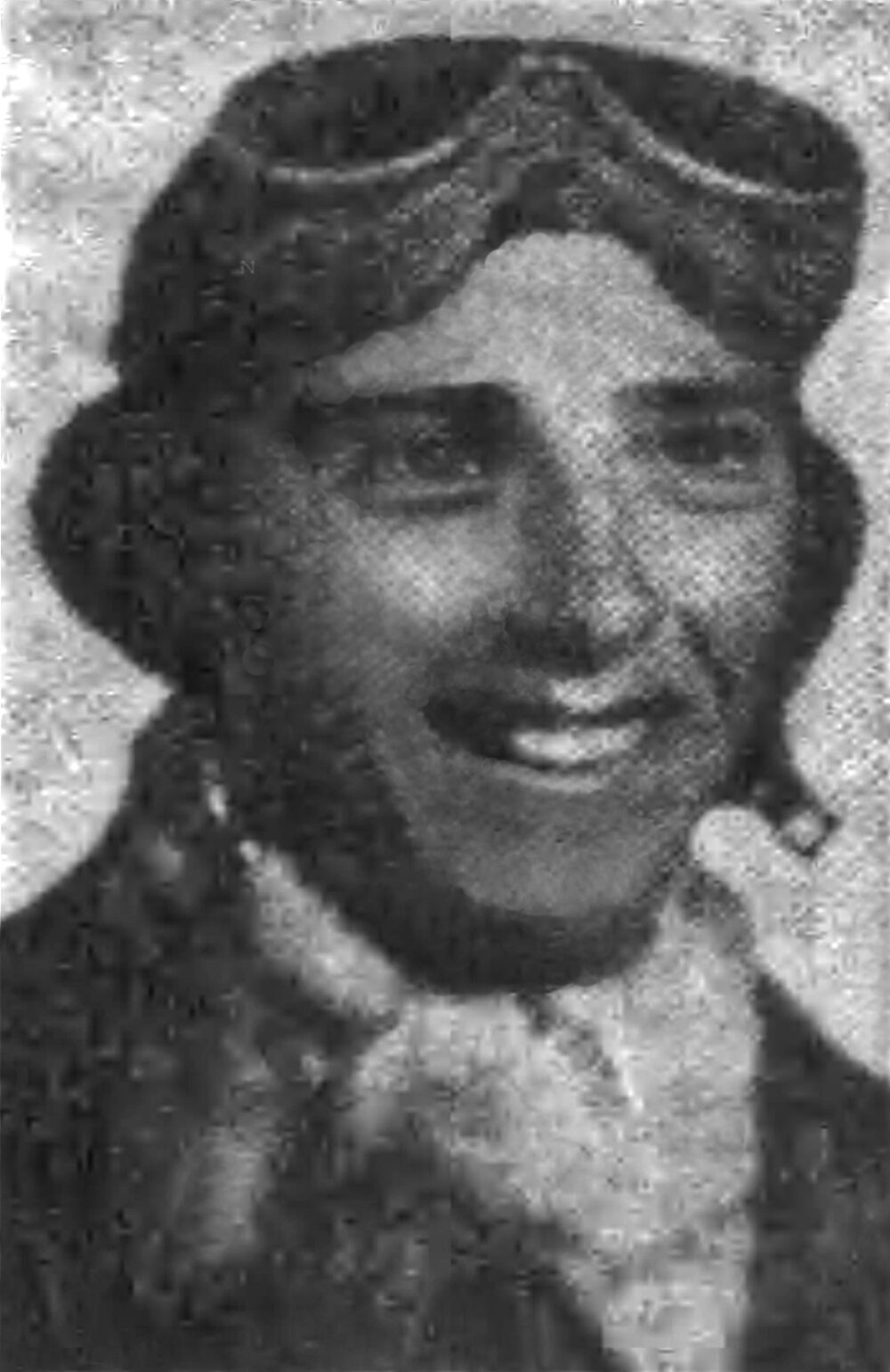
- Unit: 68th Fighter-Interceptor Squadron, 6160nd Air Base Wing
- Service Number: AO-878465
- Date of Birth: May 25, 1924
- Entered the Military: June 30, 1942
- Date of Death: February 27, 1952
- Hometown: Buffalo, New York
- Place of Death: Yongmae, Korea
- Award(s): Air Medal, Korean Service Medal, National Defense Service Medal, Purple Heart, Republic of Korea Presidential Unit Citation, Republic of Korea War Service Medal, United Nations Service Medal
- Cemetery: Court 8, Courts of the Missing. National Memorial Cemetery of the Pacific, Honolulu, Hawaiʻi
2024 - 2025
Early Life
Jack Elton Brindley was born in Buffalo, New York, on May 25, 1924. His family moved frequently during his childhood, settling in middle-class neighborhoods. Jack’s father, John G. Brindley, climbed the career ladder from sales manager at a rubber company to paymaster at Erie County’s welfare department. In 1943, at age 50, John registered for World War II as part of the “Old Man’s Draft.”
A Father’s Role in the War
John Brindley received leave from his civilian job to serve as an Executive Officer in the Army Air Forces’ Technical Services Division in Washington, D.C. He supervised a wide range of operations, including film production, weather information, and aeronautical chart services. These efforts supported aerial raids of Axis forces and created a comprehensive library of air action pictures. His team prepared pilot training films, including those showcasing Buffalo-built planes like the Curtiss-Wright P-40s and Bell P-39 Airacobras.
A Stable Family Life
John Brindley’s work ensured financial stability for Jack and his three sisters. Their mother, Ester, was a homemaker, aided by a live-in nurse when the kids were small. During the war, the Brindley family lived in Buffalo’s University Heights neighborhood. This fast-growing area, developed around streetcars, was one of the last neighborhoods built within city limits.
Education and Achievements
Jack Brindley attended Buffalo Technical High School, graduating in 1943 with honors. He excelled in academics while participating in numerous extracurricular activities, including the Senior Council, the Building Design Society, the Christmas play, the Dramatic Club, the Tech Radio Guild, and the Fall Revue. Brindley managed the football team and assisted with the basketball team while also running track. On June 30, 1942, he registered for World War II, joining the Air Corps Reserve before his graduation on June 24, 1943.
Military Training and Service
After high school, Brindley entered the Air Cadet program, attending classes at the University of Pittsburgh. He trained at the Boca Raton Army Air Field in Florida, the Air Corps’ only airborne radar training facility during World War II. He completed basic, preflight, and advanced flight training, earning his Second Lieutenant commission in August 1945. Brindley received his “wings” as a radar observer on the P-61 “Black Widow” and as an aerial gunner.
Post-War Life
As the war drew to a close, Brindley was not deployed to service. In 1950, he opened an interior decoration business, Decorators Service and Supply, with his colleague, Douglas L. Orgel. At the time, Brindley lived at home, supporting his mother, younger sister, and her family. His parents had separated after the war, and the family relocated to Buffalo’s Elmwood neighborhood. Brindley’s career was interrupted just one year after opening his business when he was called back to military service on February 1, 1951.
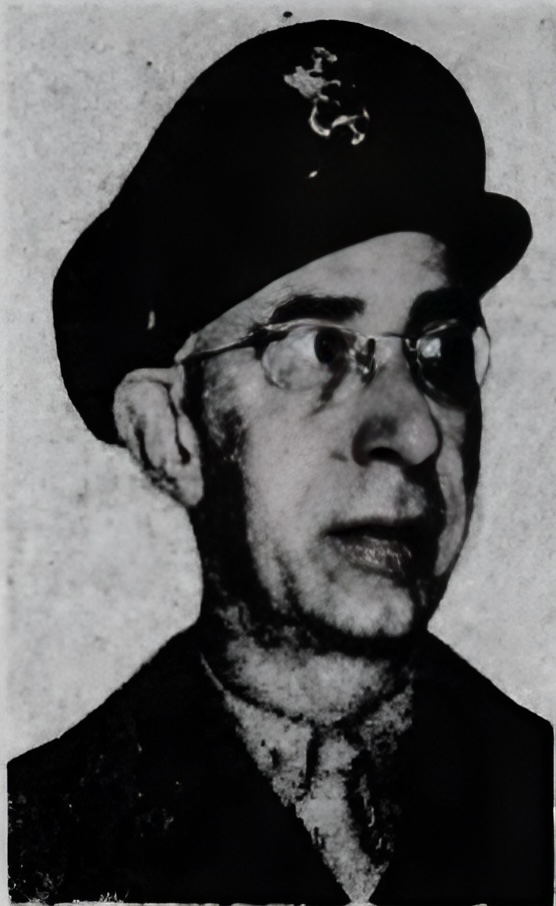
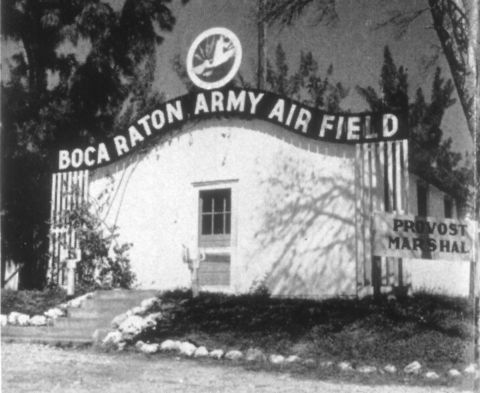
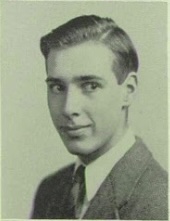
Homefront
Buffalo’s strategic location, extensive industrial infrastructure, and skilled workforce enabled it to quickly adapt to wartime demands. The city’s industrial activity bolstered the military supply chain and sustained the local economy through job creation in manufacturing.
Wartime Manufacturing
Bethlehem Steel’s Lackawanna plant was the world’s largest steelmaking operation throughout World War II. Along with Republic Steel, it supplied large quantities of steel for ships, tanks, and munitions during the Korean War. The American Ship Building Company provided essential ship repair throughout the war. The Curtiss-Wright Company manufactured jet engines for the military and produced flight simulators to train pilots.
Bell Aircraft designed the X-1A to break the sound barrier, the X-2 to fly twice the speed of sound, and the X-5 as the first adjustable-wing aircraft. It also developed the “Meteor” guided missile, showcasing Buffalo’s role in military innovation. Cooper-Bessemer manufactured diesel engines for military use, particularly for the petroleum, railroad, chemical, and aluminum sectors, vital to the Korean War supply chain.
Trico Products, the inventors of windshield wipers, manufactured wiper systems and related components for military vehicles. Other thriving industries included automotive manufacturing, chemicals, and textiles. During the Korean War, Buffalo maintained its dominance in the nation’s flour milling industry. The city processed more than 200 million bushels of grain annually through 26 grain elevators.
To put that in perspective, Buffalo’s Concrete Central grain elevator, the largest in the world, held 4.5 million bushels of grain, the equivalent of 170 million loaves of bread! Buffalo stored so much of the nation’s grain supply that the military protected it during World War I and II. During the Korean War, the city housed several other food processing and packaging plants that handled meats, soups, and other non-perishables.
Urban Decline
The abundance of jobs throughout the early twentieth century attracted European immigrants and African American migrants to work. Diverse ethnic neighborhoods developed in the city, with German, Polish, Italian, Irish, and African American communities taking shape during this time. By 1950, Buffalo’s population peaked at 580,000. However, between 1950 and 1960, the population declined by about 8%, though Buffalo remained the 20th largest city in the United States.
During the 1950s and the 1960s, the construction of the Scajaquada Expressway (NY 198) altered the city’s landscape. The project destroyed many historic buildings and acres of parkland in Delaware Park. It split neighborhoods, limited access to Main Street, and caused economic deterioration, declining property values, and a lower quality of life. This period marked the beginning of Buffalo’s decline as a dominant industrial and economic hub.
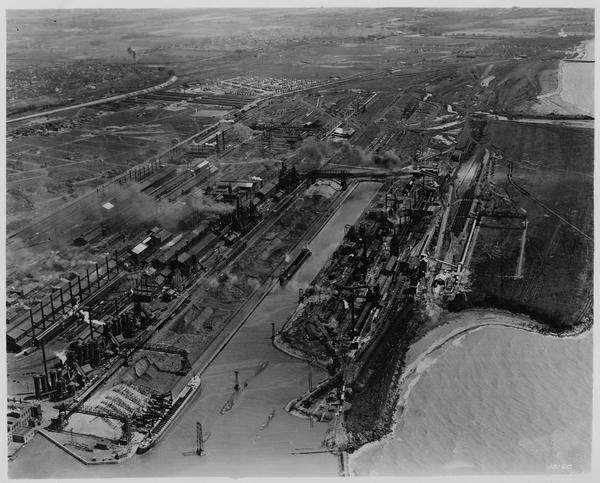
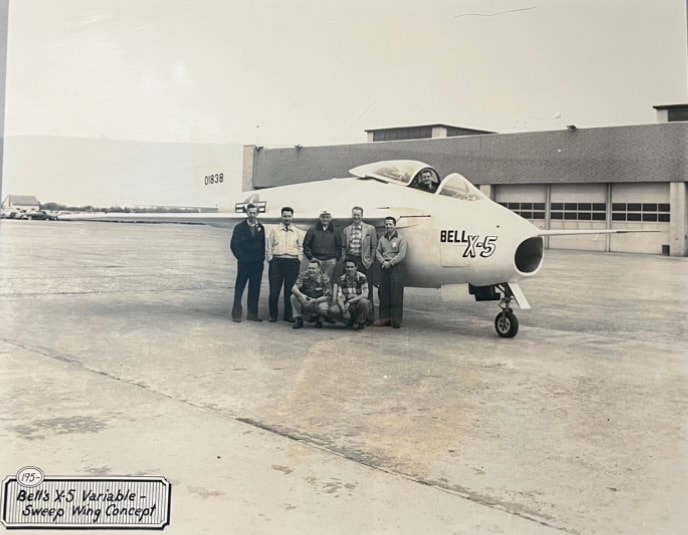
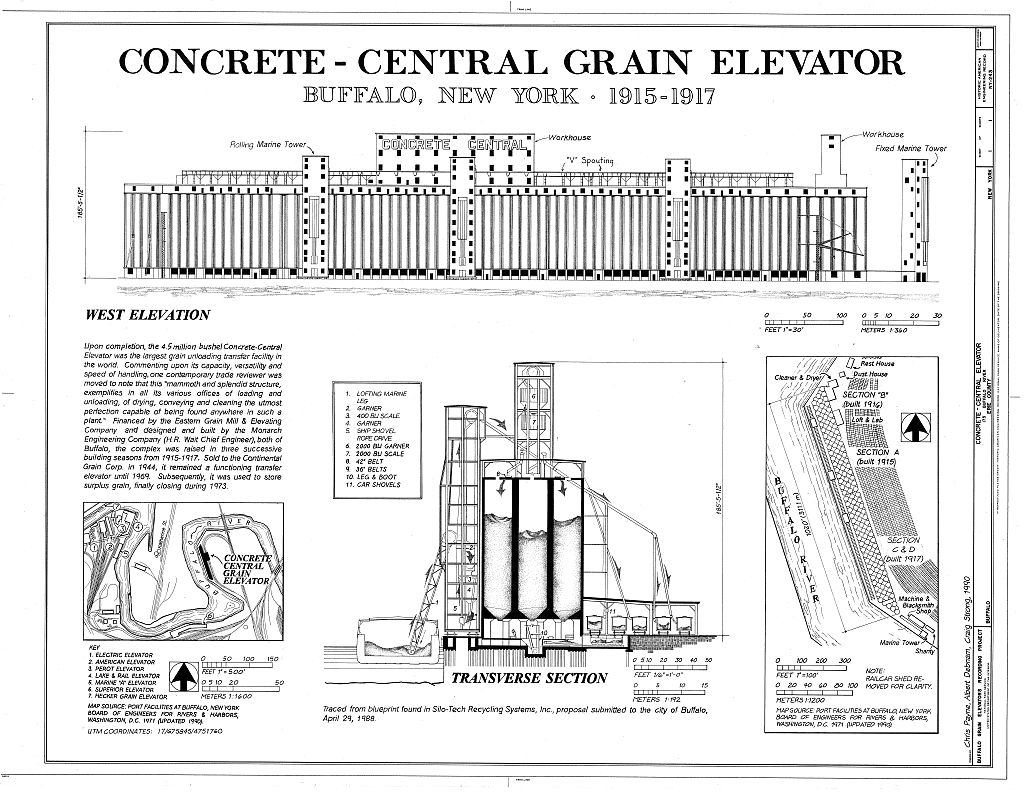
Military Experience
Joining the Korean War
Jack Brindley entered the Korean War as a First Lieutenant. He flew in the F-94B Starfire fighter with the 68th Fighter-Interceptor Squadron, 6160th Air Base Wing. Known as the “Lightning Lancers,” the 68th was the first night fighter unit in Korea. The F-94B, armed with four .50-cal M3 machine guns, was the first jet night fighter used in combat and remained in service throughout the war.
Nighttime Interdiction Missions
Brindley was stationed in Suwon, South Korea, where he flew interdiction missions targeting enemy supply lines and infrastructure. These missions disrupted enemy movements, limited resupply efforts, and weakened front-line operations without direct engagement. As North Korea began transporting supplies at night to evade attacks, the Air Force adjusted its strategy to conduct nighttime raids. Limited visibility at night made these missions dangerous. They required extensive training in radar operation, night navigation, and combat tactics to ensure success.
Overcoming Night Combat Challenges
Night missions posed significant risks due to limited visibility and dangerous enemy defenses. Navigating and acquiring targets at night demanded precision and careful coordination with onboard radar systems. Crews also faced threats from anti-aircraft fire and enemy night fighters. Despite these challenges, the Air Force maintained pressure on enemy supply routes, adapting to the shifting tactics of North Korean forces.
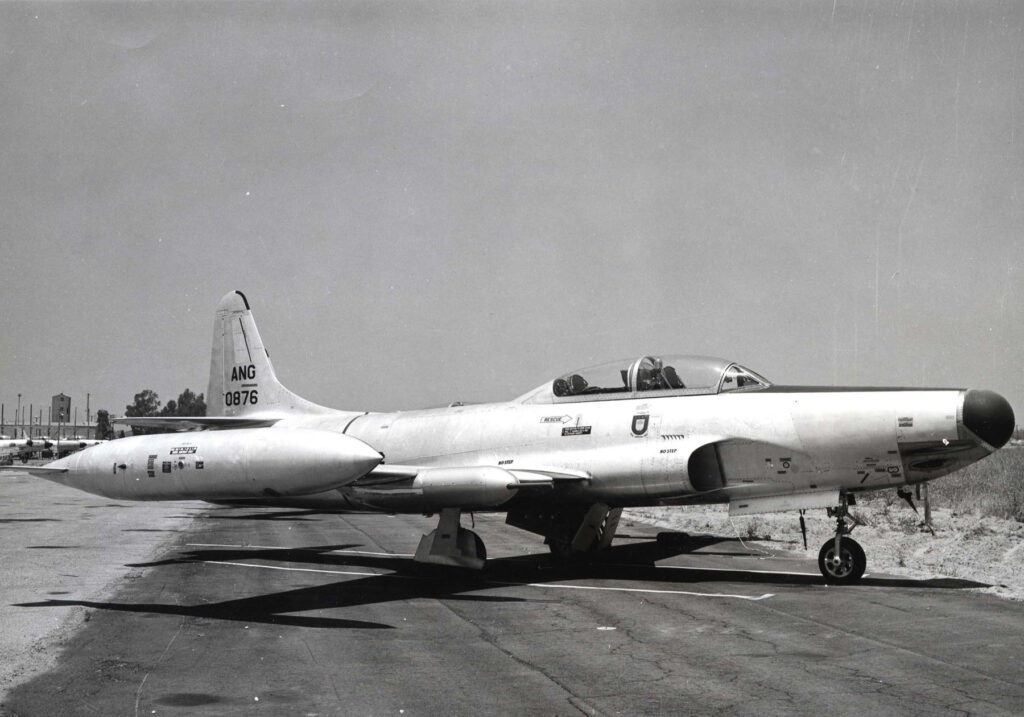
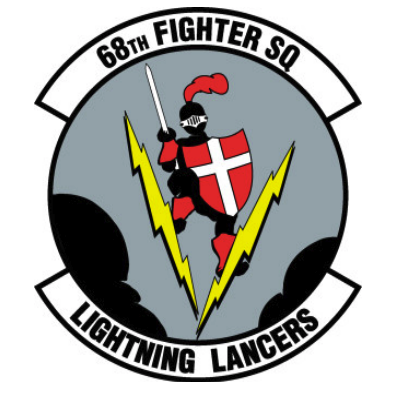
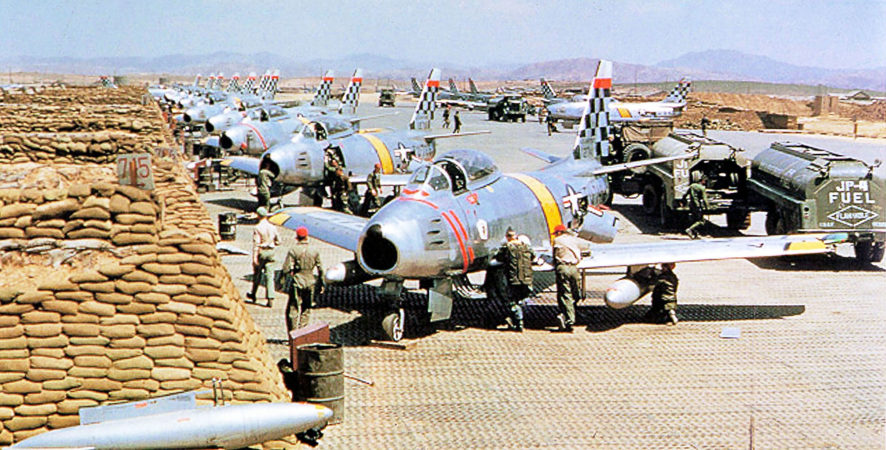
Commemoration
By February 1952, both sides had entrenched defensive positions, and the front lines had stagnated. On February 27, 1952, Brindley was on a night interdiction mission over Haeju Bay. Just after midnight, he reported radar contact with an unidentified plane and attempted to make visual contact. This was Brindley’s final transmission.
Shortly after, another pilot reported seeing a flash near Brindley’s last known location. Search operations spotted wreckage two miles southwest of Youngmae-do, but only one of the three crew members’ bodies was recovered. Brindley was declared Missing in Action (MIA).
He was presumed dead on December 31, 1953, as per standard procedure, when no new information was uncovered after a year of investigation. If no conclusive evidence surfaced, an MIA status would often be reclassified as “presumed dead.”
There is no record of Brindley’s family holding a funeral or memorial service for him. He was posthumously awarded the Air Medal, Korean Service Medal, National Defense Service Medal, Purple Heart, Republic of Korea Presidential Unit Citation, Republic of Korea War Service Medal, and United Nations Service Medal.
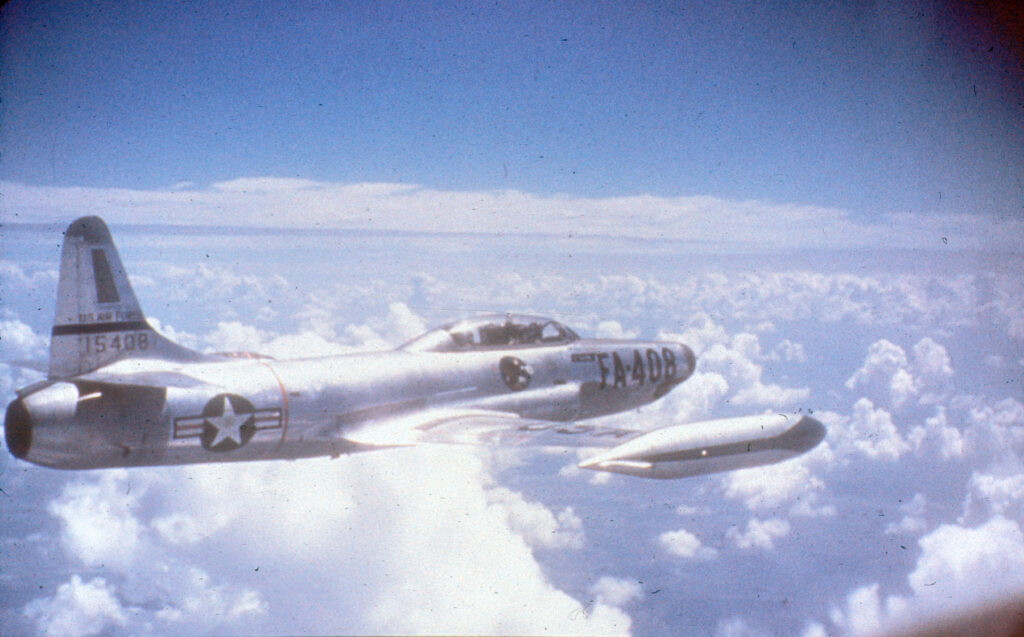
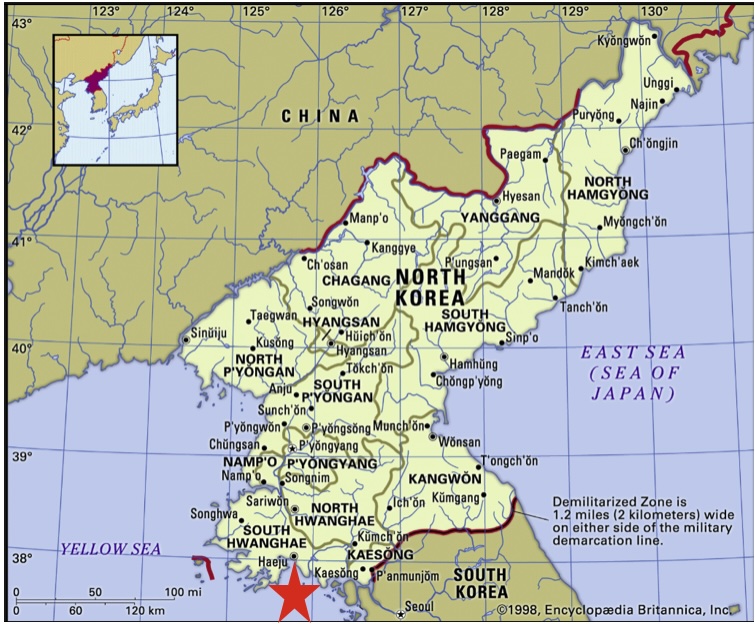
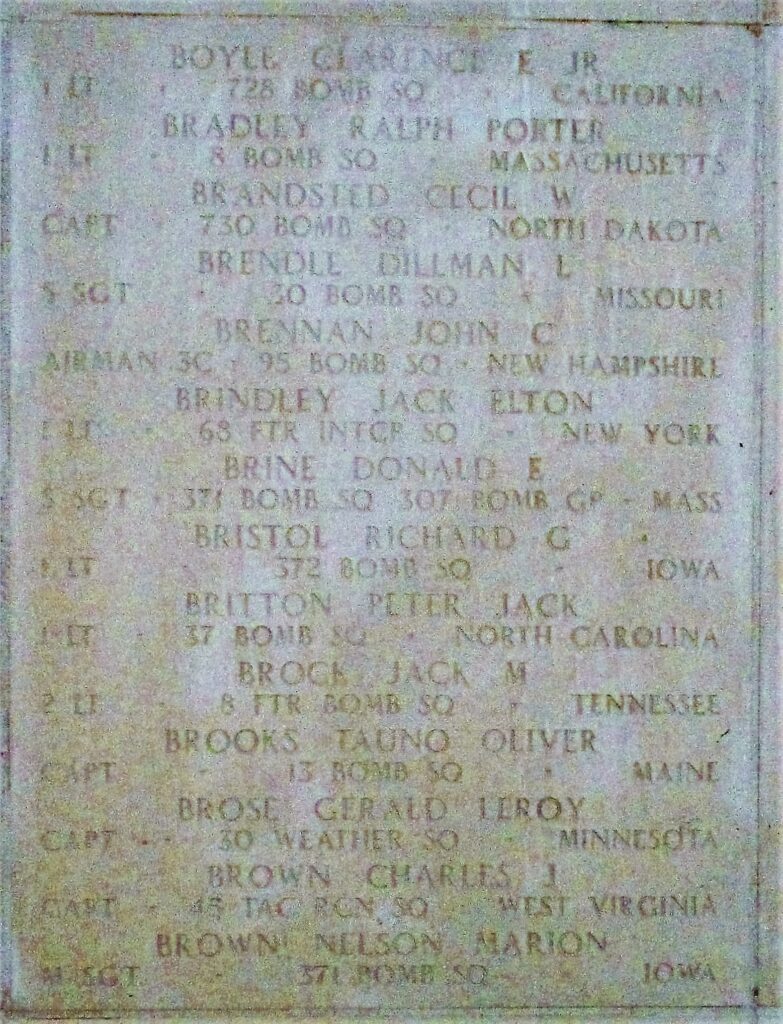
Bibliography
Primary Sources
“Air Corps Major Flies to Son’s Graduation.” Buffalo Evening News [Buffalo, New York], June 24, 1943. Newspapers.com (841626604).
“Business Record.” Buffalo Evening News [Buffalo, New York], January 24, 1950. Newspapers.com (865932115).
Carter, Gregory. “Some Historical Notes on Air Interdiction in Korea.” The RAND Corporation, 1966. https://apps.dtic.mil/sti/tr/pdf/AD0642348.pdf.
Concrete-Central Elevator, 175 Buffalo River, Buffalo, Erie County, NY. Drawing. 1968. Historic American Engineering Record, Library of Congress (ny1671). https://www.loc.gov/item/ny1671/.
“In The Nation’s Service.” Buffalo Evening News [Buffalo, New York], August 11, 1945. Newspapers.com (865256568).
Jack Elton Brindley. U.S., School Yearbooks, 1900-2016. https://ancestryclassroom.com.
Jack Elton Brindley. World War II Draft Cards Young Men, 1940-1947. Digital Images. https://ancestryclassroom.com.
John Gilbert Brindley. World War II Draft Cards Young Men, 1940-1947. Digital Images. https://ancestryclassroom.com.
“Korean War.” National Museum of the United States Air Force. Accessed January 2, 2025. https://www.nationalmuseum.af.mil/Upcoming/Photos/igphoto/2000355635/.
Lackawanna Plant, Bethlehem Steel Company (Lackawanna, N.Y.). Photograph. c.1940-1960. American Iron and Steel Institute. https://digital.hagley.org/1986268_1_0350.
Lockheed F-94B. Photograph. National Museum of the United States Air Force. https://www.nationalmuseum.af.mil/Upcoming/Photos/igphoto/2000544223/.
“New College Grads Reminded to Notify Their Draft Boards.” Buffalo Evening News [Buffalo, New York], February 16, 1951. Newspapers.com (865945662).
New York. Erie County. 1930 U.S. Census. Digital images. https://ancestryclasroom.com.
New York. Erie County. 1940 U.S. Census. Digital images. https://ancestryclasroom.com.
New York. Erie County. 1950 U.S. Census. Digital images. https://ancestryclasroom.com.
“Receives Commission.” Buffalo Courier Express [Buffalo, New York], August 8, 1945. Newspapers.com (975229053).
“Travelogue.” Buffalo Evening News, December 23, 1943. Newspapers.com (841965781).
“Two Buffalo Men Help U.S. Bombers Find Axis Targets.” Buffalo Evening News [Buffalo, New York], June 02, 1943. Newspapers.com (841584859).
Secondary Sources
“1st LT Jack Elton Brindley.” Defense POW/MIA Accounting Agency. Accessed December 12, 2024. https://dpaa-mil.sites.crmforce.mil/dpaaProfile?id=a0Jt000000HcSQ3EAN.
“1LT Jack Elton Brindley.” Find a Grave. Updated December 6, 2015. Accessed December 12, 2024. https://www.findagrave.com/memorial/155775765/jack-elton-brindley.
“68 Fighter Squadron.” U.S. Air Force Unit Histories. Accessed January 3, 2025. https://usafunithistory.com/PDF/50-74/68%20FIGHTER%20SQ.pdf.
“95 Years of Growth.” Curtiss-Wright. Accessed November 25, 2024. https://www.curtisswright.com/company/history.
“An Aerospace Giant: Buffalo’s Forgotten Legacy.” Canadian Aerospace. Accessed December 19, 2024. https://canadianaerospace.weebly.com/bell-aerospace-niagara-falls.html.
“AmShip Buffalo.” Dredgepoint. Accessed November 25, 2024. https://dredgepoint.org/dredging-database/shipyards/amship-buffalo.
“Bell Aircraft in Buffalo, NY.” History of Buffalo. Accessed December 16, 2024. https://buffaloah.com/h/aero/bell/index.html#Anchor.
“Bethlehem Steel Corporation.” Encyclopedia.com. Accessed November 25, 2024. https://www.encyclopedia.com/social-sciences-and-law/economics-business-and-labor/businesses-and-occupations/bethlehem-steel-corp.
“Boca Raton Army Air Field.” Boca Raton Historical Society. Accessed December 17, 2024. https://www.bocahistory.org/boca-raton-army-air-field.
“BOPC Position Statement on Route 198 Scajaquada Expressway.” Buffalo Olmsted Parks Conservancy. Accessed November 25, 2024. https://www.bfloparks.org/positions/scajaquada-expressway/.
“Buffalo History.” History of Buffalo. Accessed November 25, 2024. https://buffaloah.com/h/bflohist2.html.
“Buffalo Timeline.” National Park Service. Accessed November 25, 2024. https://www.nps.gov/thri/buffalotimeline.htm.
“Chronology: 1950-1959.” Air and Space Forces Magazine. Updated November 24, 2018. Accessed January 1, 2025. https://www.airandspaceforces.com/chronology-1950-1959/.
“The Corn Exchange: Buffalo’s Grain Market (Part 1).” Western New York History. Accessed November 25, 2024. https://wnyhistory.org/portfolios/businessindustry/corn_exchange/part1/corn_exchange_pt1.html.
“The Corn Exchange: Buffalo’s Grain Market (Part 2).” Western New York History. Accessed November 25, 2024. https://www.wnyhistory.org/portfolios/businessindustry/corn_exchange/part2/corn_exchange_pt2.html.
“The District that Smells Like Cheerios.” The Cook’s Cook. Accessed November 25, 2024. https://thecookscook.com/features/district-smells-like-cheerios/.
Elmwood Historic District: Elmwood Historic District (East). United States Department of the Interior National Park Service. May 2015. https://buffaloah.com/surveys/elmwdEAST/sec8.pdf.
“F-94 Starfire Jet Interceptor.” Airplanes Online. Accessed December 18, 2024. https://www.airplanes-online.com/f94-starfire.htm.
“The Great Lakes – St. Lawrence Seaway System.” Great Lakes St. Lawrence Seaway. Accessed November 25, 2024. https://www.seaway.dot.gov/about/great-lakes-st-lawrence-seaway-system.
“Interdiction: Tightening the Noose.” National Museum of the United States Air Force. Accessed December 17, 2024. https://www.nationalmuseum.af.mil/Visit/Museum-Exhibits/Fact-Sheets/Display/Article/196087/interdiction-tightening-the-noose/.
“Jack Elton Brindley.” American Battle Monuments Commission. Accessed December 12, 2024. https://www.abmc.gov/decedent-search/brindley%3Djack.
Orfield, Gary, Jennifer Ayscue, Jongyeon Ee, Erica Frankenberg, Genevieve Siegel-Hawley, Brian Woodward, and Natasha Amlani. Better Choices for Buffalo’s Students: Expanding & Reforming the Criteria Schools System. A Report to Buffalo Public Schools. The Civil Rights Project, May 2015. https://civilrightsproject.ucla.edu/research/k-12-education/integration-and-diversity/better-choices-for-buffalo.
“Preservation Grant Helps Uncover the History of Buffalo’s University District.” University District Community Development Association. Updated October 2, 2017. Accessed December 16, 2024. https://udcda.org/preservation-grant-helps-uncover-the-history-of-buffalos-university-district/.
“Training Overview.” World War II Flight Training Museum. Accessed December 18, 2024. https://wwiiflighttraining.org/TrainingOverview.php.
Trico Plant #1. National Register of Historic Places, United States Department of the Interior National Park Service: 2001.
“University Heights, Ken-Bailey Poised to Become City’s Newest Historic District.” WBFO-FM. Accessed December 16, 2024. https://www.wbfo.org/local/2020-02-21/university-heights-ken-bailey-poised-to-become-citys-newest-historic-district.
Warnock, A. Timothy. “The USAF in Korea: A Chronology 1950-1953.” Air University Press, 2000.
“When Steel was King.” Buffalo Tales. Accessed November 25, 2024. https://www.buffalotales.net/post/when-steel-was-king.
“World War 2, 1939 – 1945.” New York State Military Museum. Accessed November 25, 2024. https://museum.dmna.ny.gov/unit-history/conflict/world-war-2-1939-1945.
“World War II Production Spurs Growth.” Cooper’s Origins. Accessed December 16, 2024. https://www.cooperservices.com/our-company/heritage/cooper-origins/.
This profile was researched and created through the Researching Silent Heroes program, sponsored by the American Battle Monuments Commission.

